We’ve all heard this question before. Real or photoshopped? It’s a simple query likely to spark rage in the response of many a digital photographer. It’s a photograph! It’s digital! It’s manipulated by a lens, a sensor, a processor the moment it’s snapped! we might yell internally. Of course, in an age when movie studios can so realistically render impossible creatures, explosions, and other-worldly futures (District 9 really has the best visual effects), the question is a fair one. Photography was originally more synonymous with science than art, historically being used to show us things too small or too fast to notice with the naked eye. It helped us analyze a perfect golf swing, or the flight of a bullet, and proved that all 4 horse hooves completely leave the ground when it gallops. But with the possibilities of current technology, people just want to know if they are seeing something “real.” They are interested in whether they could have taken that photo, or seen that scene had they been present at the same time and place. Or did we do some sort of high-level digital voodoo to produce an art piece that never existed in reality?
First, it is important to remember that like any new medium, photography became grounds for artistic experimentation quickly, long before the advent of Photoshop. The fact that images were shot on film and processed in a darkroom has never been evidence of objective “truth”, if such a thing really exists at all. Of course we can all remember the experimental storytelling seen in early films like The Cabinet of Dr. Caligari or Le Voyage Dans la Lun, but still photography, too, has seen its share of surrealists,
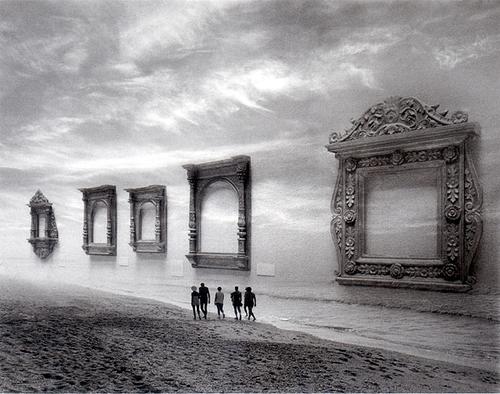
Jerry Uelsmann
impressionists and experimental artists. A favorite and long time influence of mine is Jerry Uelsmann, who has been making photographic compilations manually in a darkroom since the 1950s, long before the personal computer was invented.
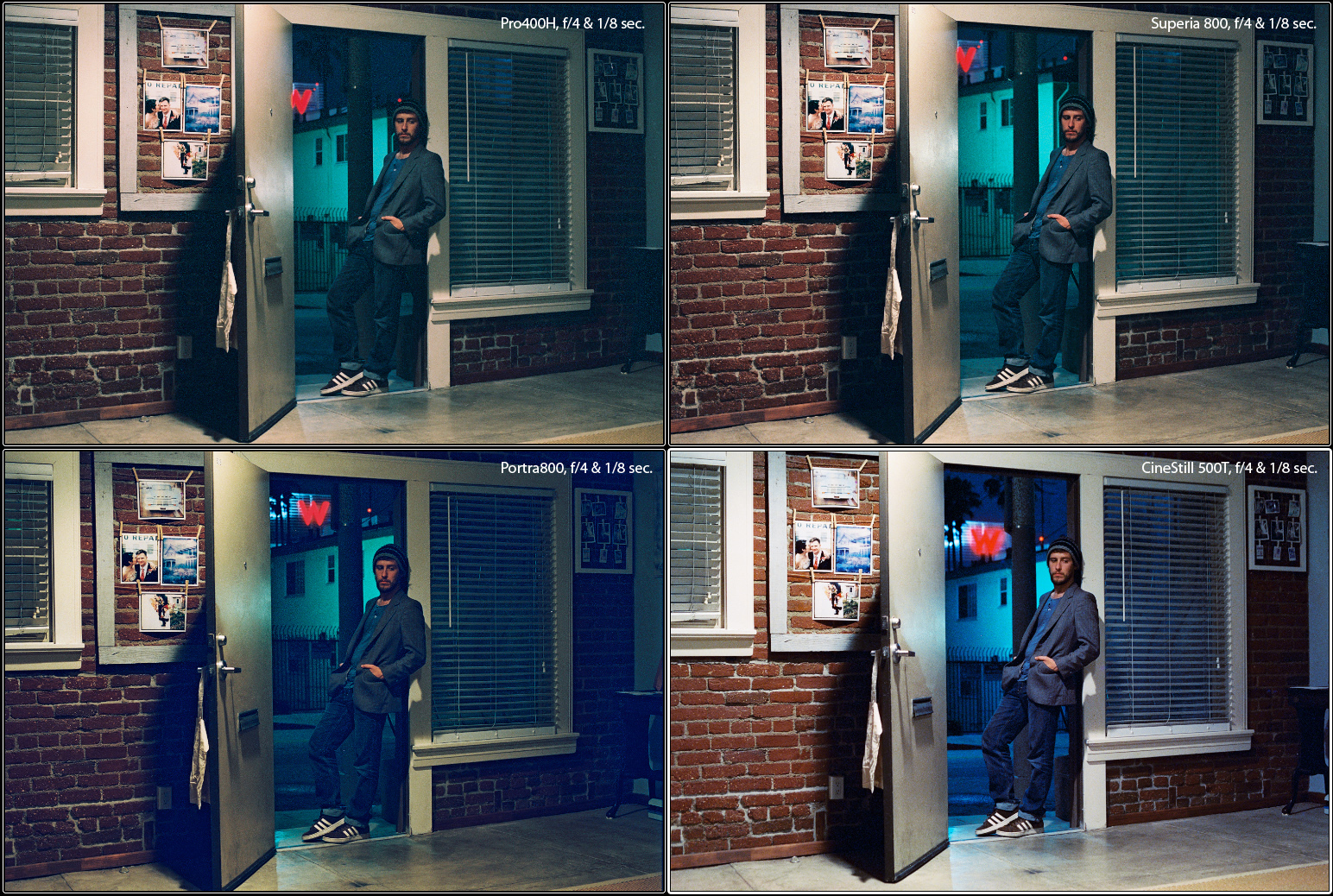
Color film comparison – Cinestill
Even if we discount experimentation and abstraction, it seems to have been forgotten how much choice and “editing” went into photography before computer processing was an option. Celluloid film was not a magic wand that reproduced reality, but instead an attempt at representing it with light sensitive chemicals. It would have to be chosen for its sensitivity, color temperature, color balance and contrast. Using Fuji Provia instead of Fuji Velvia or Kodak Ektachrome would produce wildly different images. In fact, it is often these differences that popular filters on Instagram are still attempting to recreate. Is one true and the others fake? Also, Processing times would be manipulated to fix exposures and change contrast, hours upon hours spent in darkrooms perfecting chemical mixtures and cutting out intricate dodging and burning tools (famously mastered by Ansel Adams), and filters applied, both in shooting and printing, to effect the presence, saturation and brilliance of each color. Photoshop was built to directly mimic these choices and make them easier. Now it is still, as always, up to each photographer to decide what they want to convey with an image, and how their tools will allow them to do so.
So, the big question, is it photoshopped? Almost definitely yes. Is it fake? In the vast majority of my cases, likely not, though here is an old photoshop compilation I made back in school, all the pieces are real, but obviously not the final image.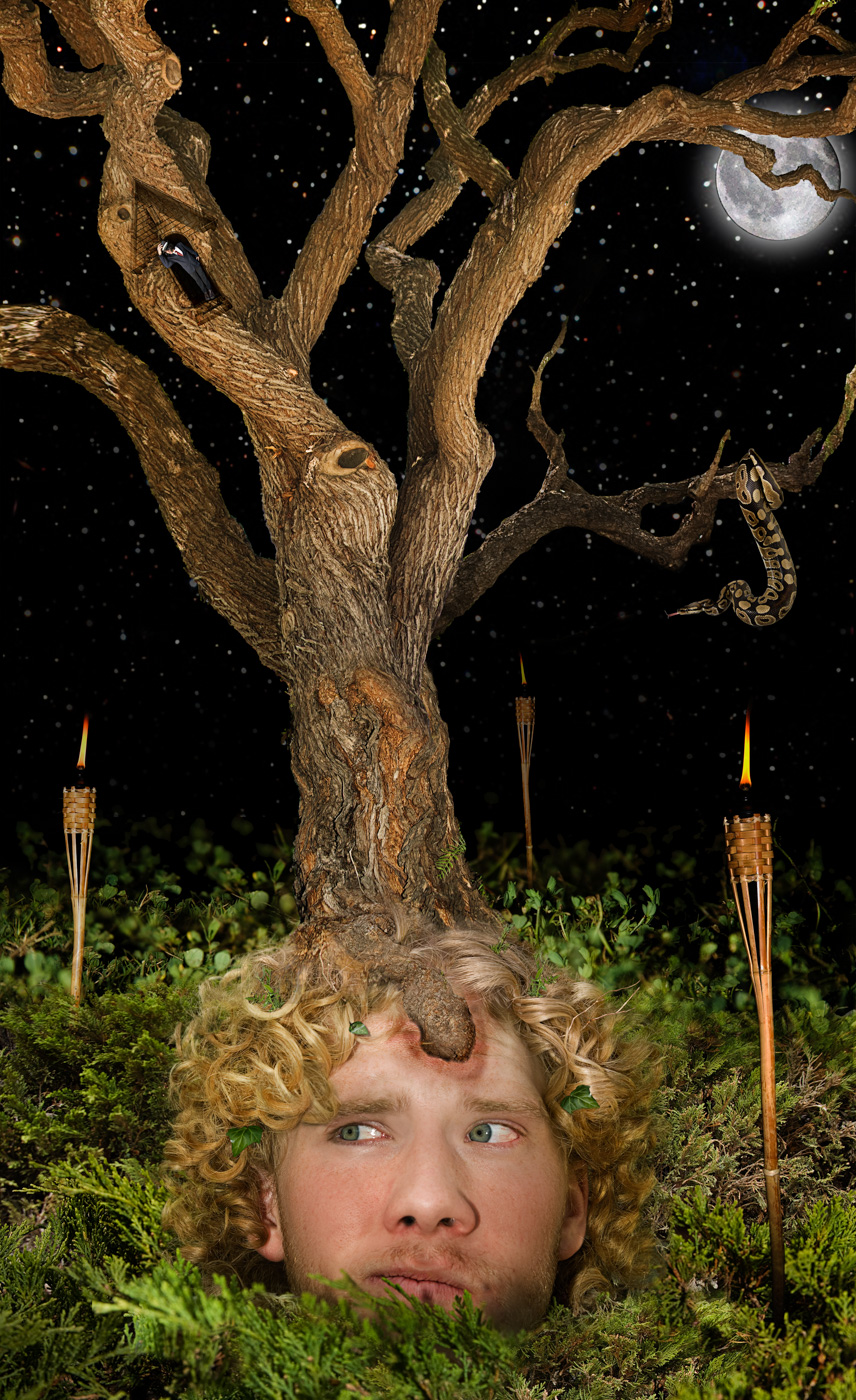
Magazines and many photo competitions have taken a somewhat hard line on the issue. They generally will accept photographs which have been optimized via software for contrast, color and saturation, while outright manipulation of elements is expressly disallowed. HDR may be accepted, but…we’ll leave the HDR discussion for a future post. I have much to say.
Even if the photographer has made no choices at all, the image has probably at least been JPEG processed by the camera, boosting colors and contrast, flattening highlights, etc. But more likely, as is the case with many of my photos, intricate, detailed contrast and color work has been done to display a scene or person they way they appeared and felt to me at the time of shooting. My camera is a pretty awesome tool, but it’s no match for a human eye connected to a human mind.
I would never display a RAW file as a portfolio piece, as the file format is specifically designed for the purpose of future processing, without which images are likely to be relatively flat. For speed’s sake I do post minimally (if at all) processed, smartphone only shots on my new Instagram @evantravels, and photos appearing on this blog will likely be somewhat unfinished, so I can bring them to you while still traveling and before they can receive the time and attention they deserve before going in calendars, books and on walls.
All that said, I have recently begun experimenting with Photoshop’s mixer brush (tutorial), which I’ve absolutely loved. The tool allows me to turn some of my finished pieces into fake oil paintings, one painstaking stroke at a time. I’m still new at this but so far quite pleased with the results. So please enjoy some absolutely, unquestionably photoshopped images of Southeast Asia, and next time you want to know if an image has been photoshopped or not, make sure you know exactly what question you’re really asking.
Readysetgo!
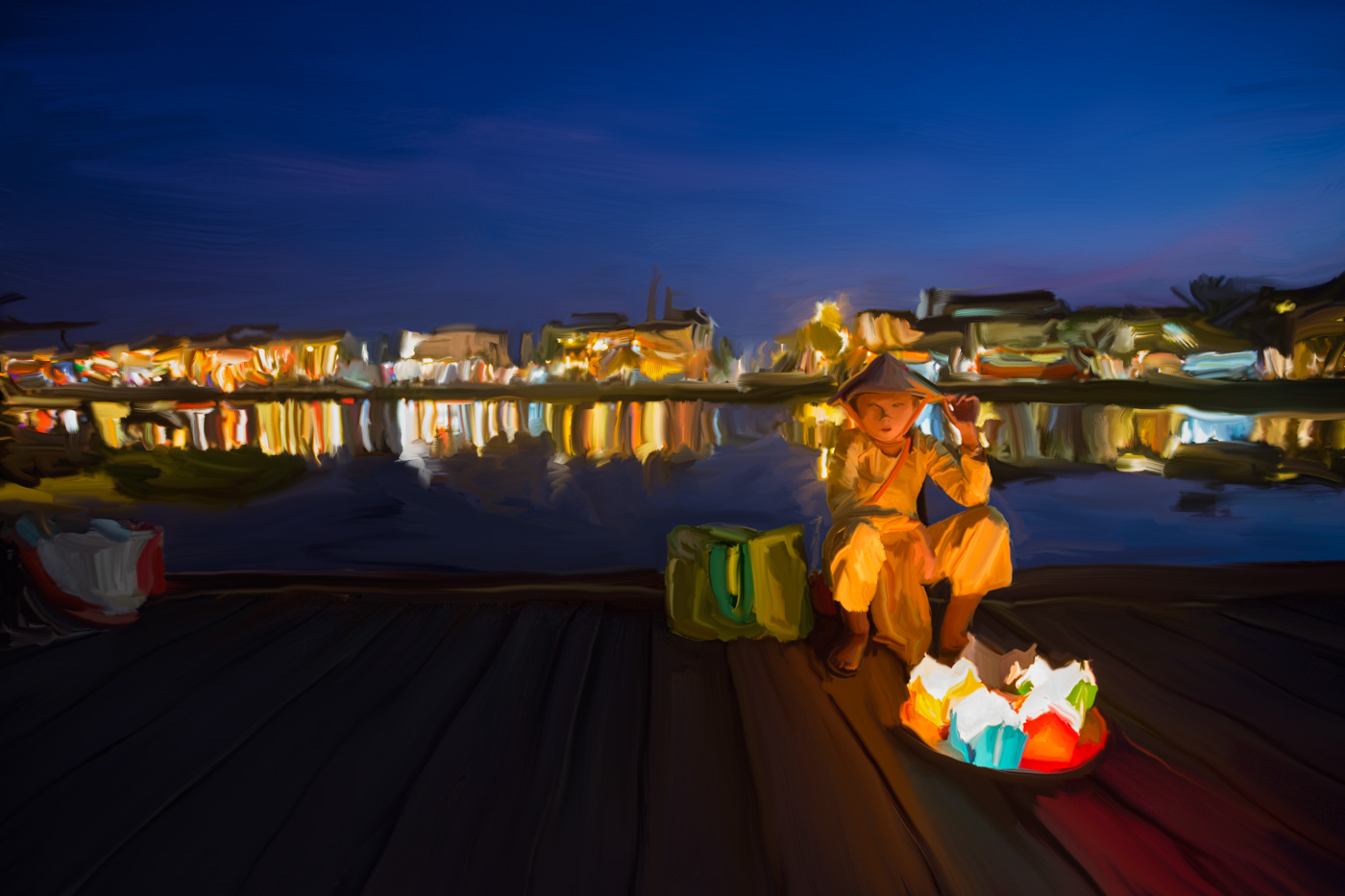
Painted – Little girl selling floating candles. Hoi An, Vietnam

Painted – Cascades in Laos

Painted – Colorful paper umbrella display. Laos
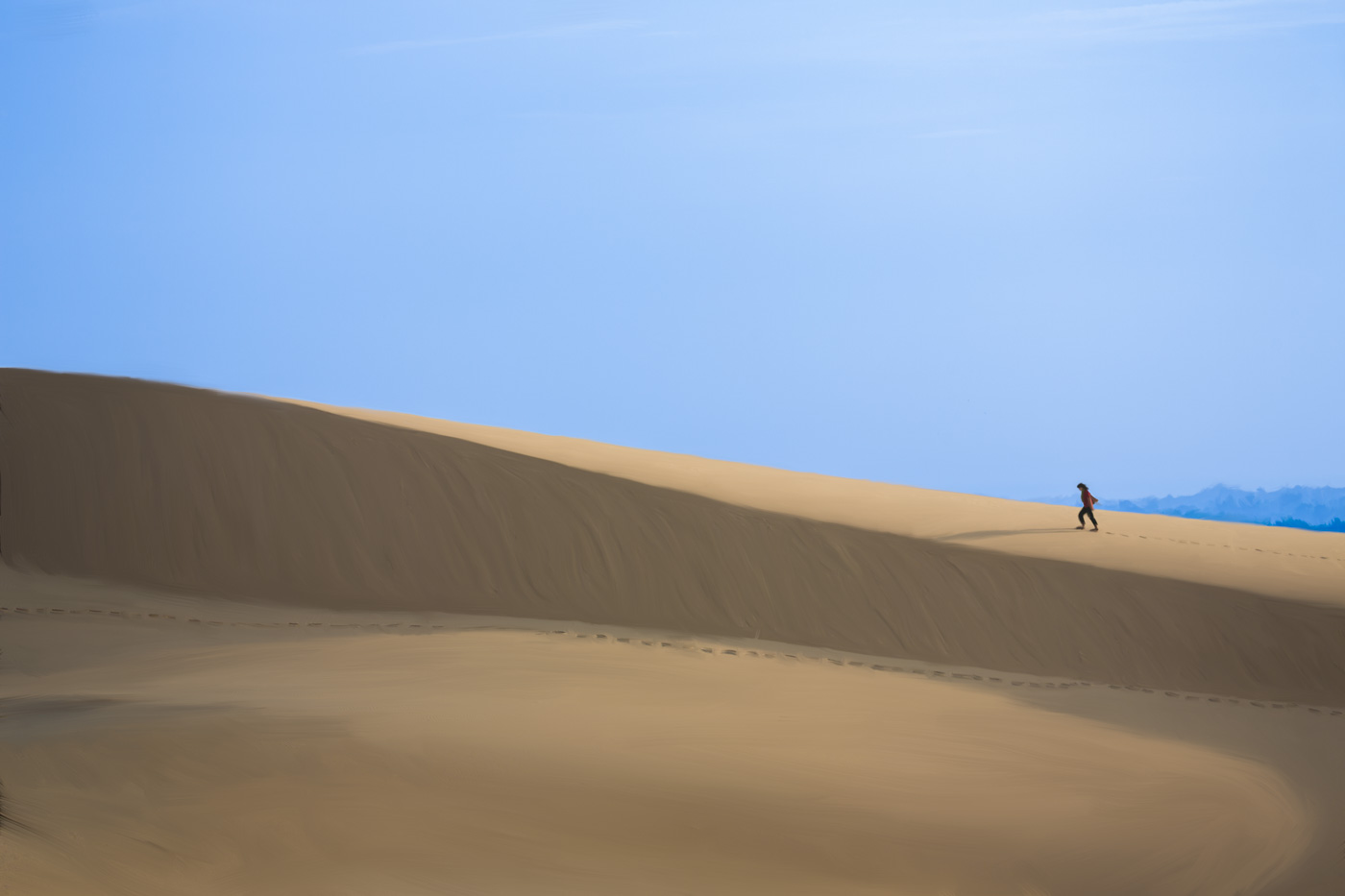
Painted – Hiker on Dunes. Mui Ne, Vietnam
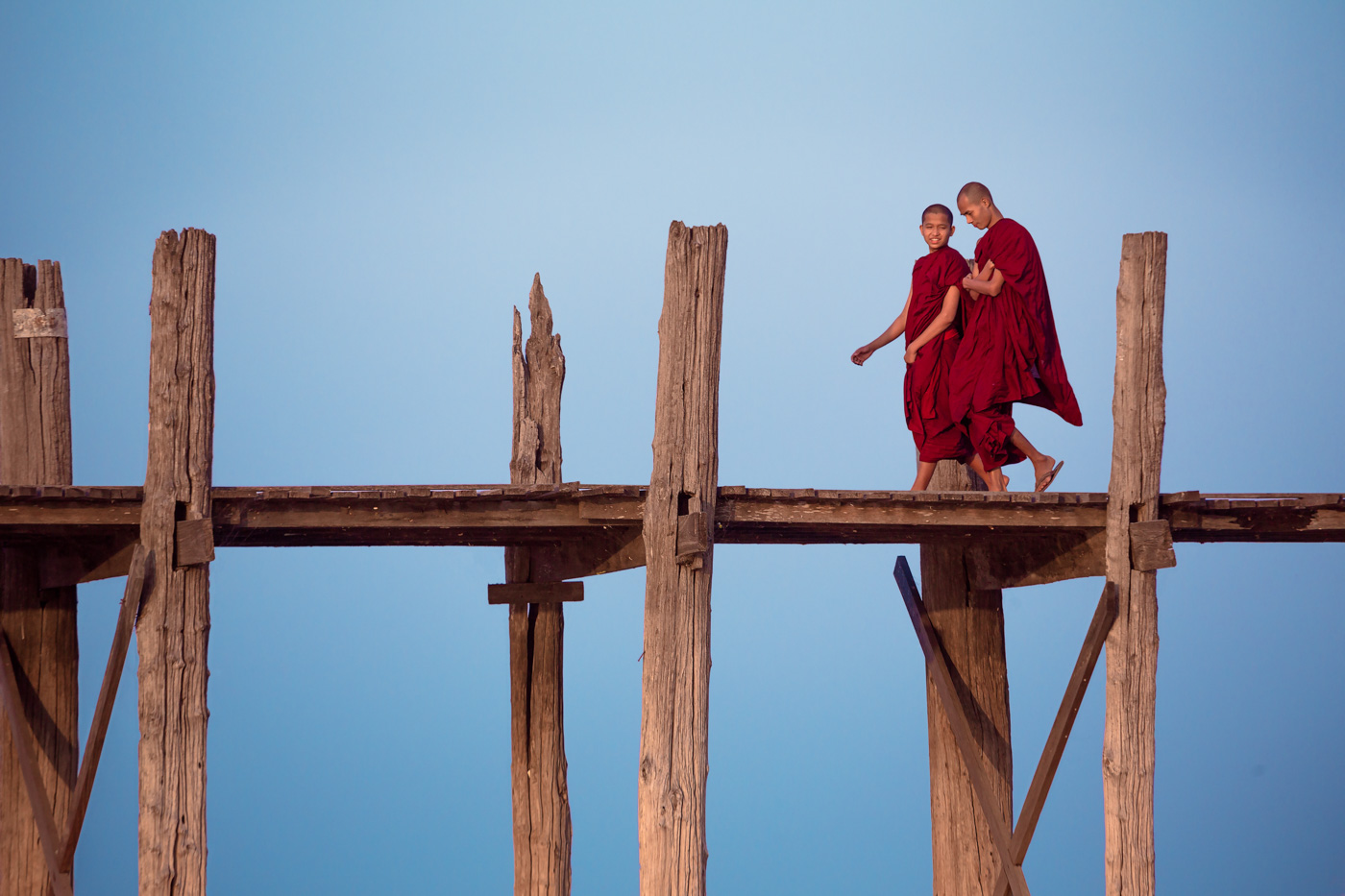
Original – Monks on footbridge. Myanmar
-Evan
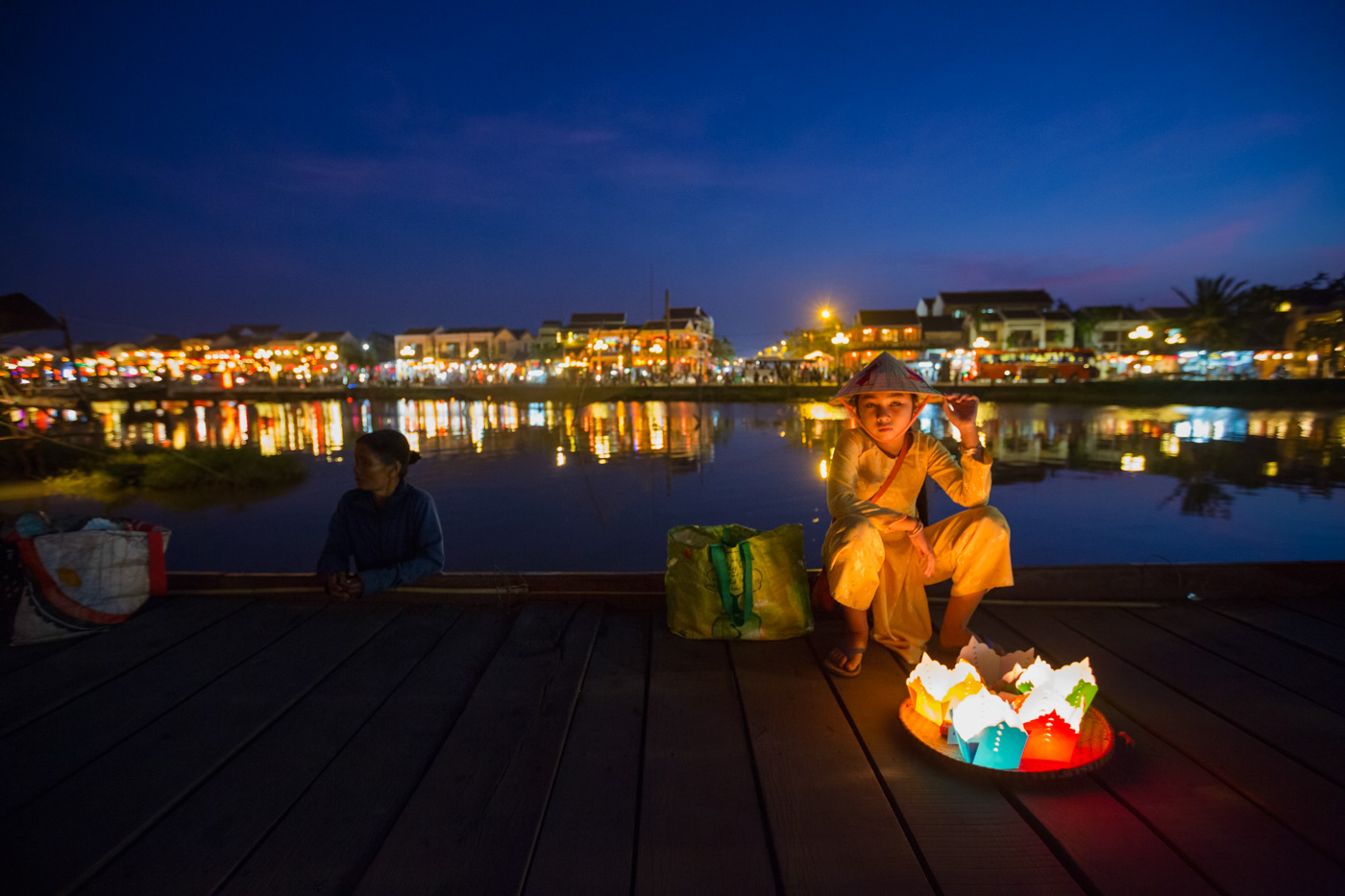
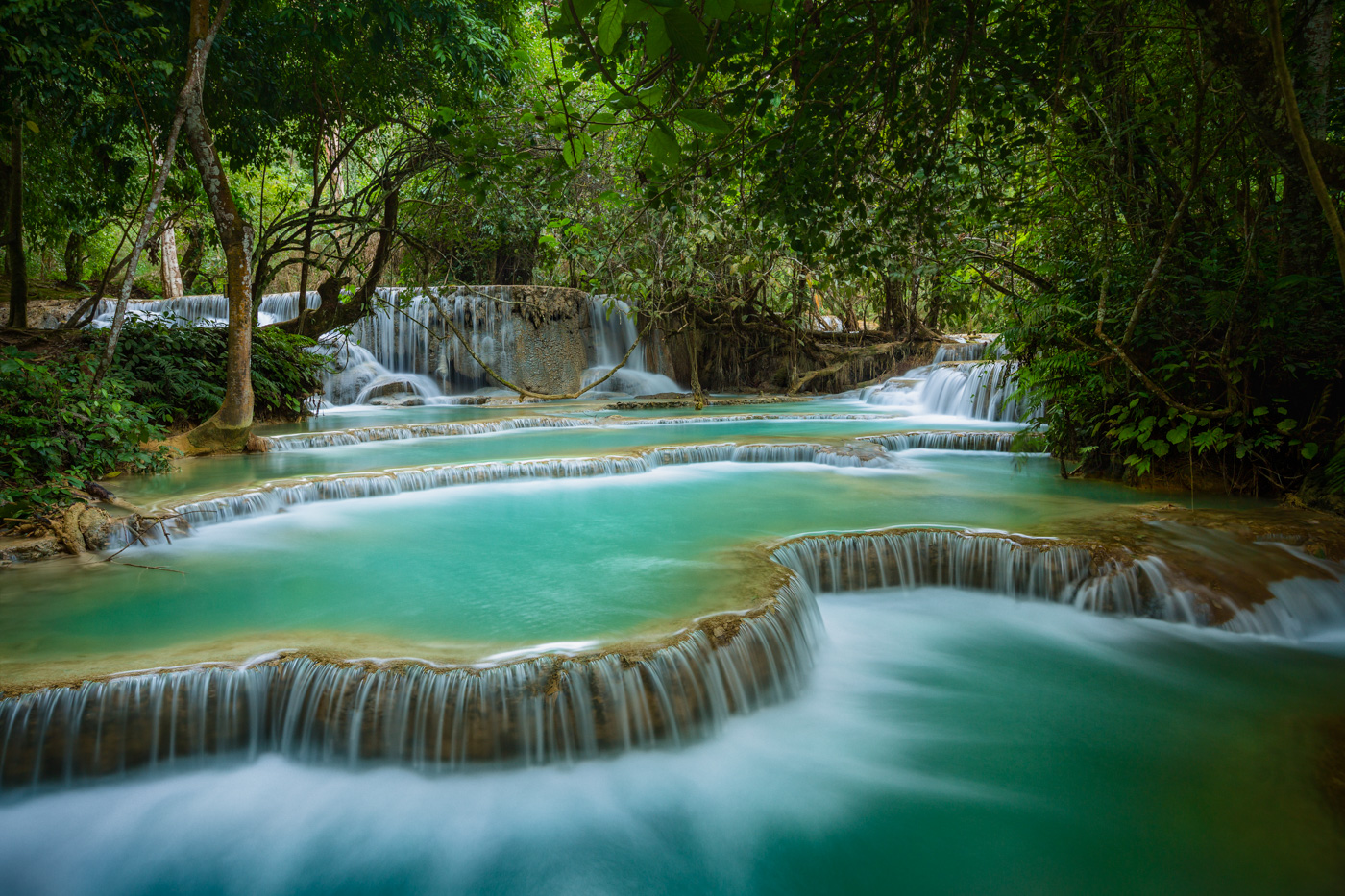
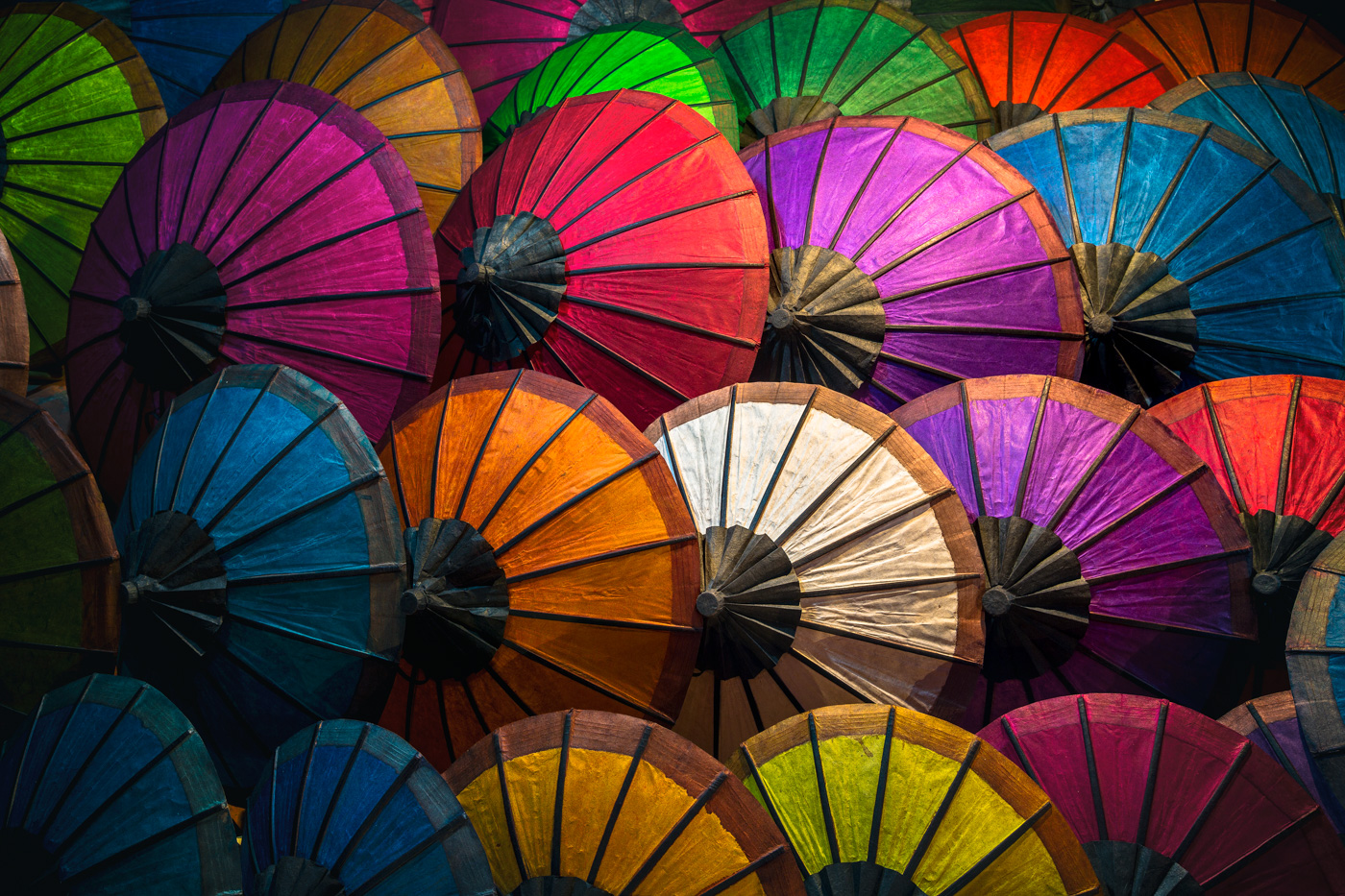
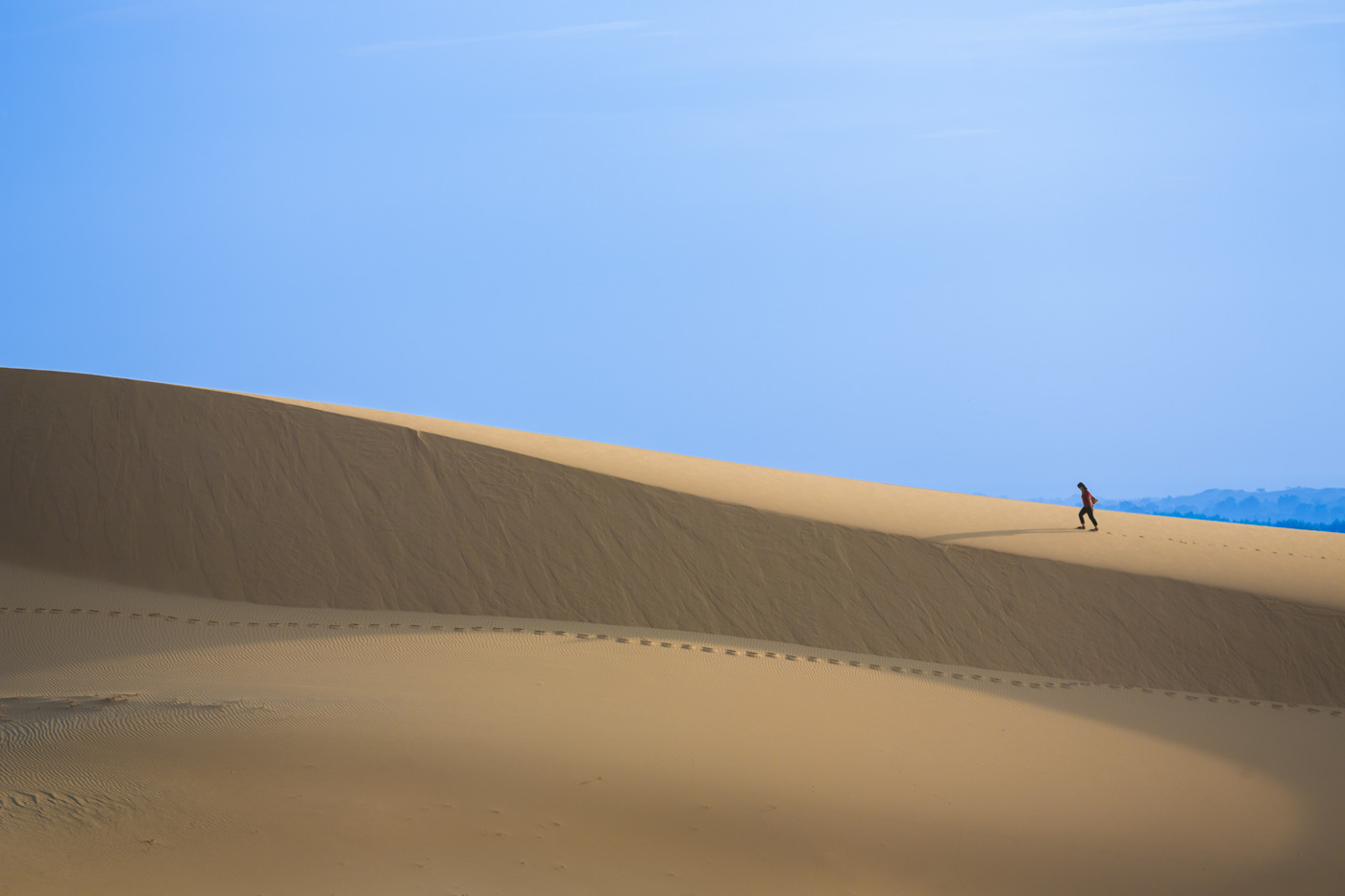

Leave a reply